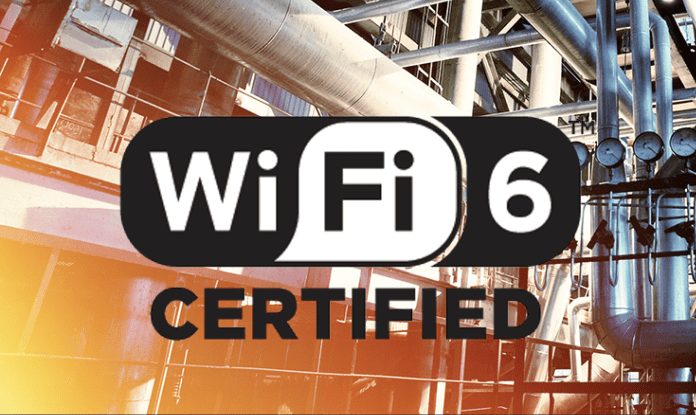ABI Research has poured water on the idea Wi-Fi 6 will gain mass adoption in the IoT space in the near-term. It has also said a few dominant chipset vendors will squeeze out new entrants in the IoT market, that low-power wide-area tech standards will not align, and that the large number of IoT platforms will not consolidate any time soon.
The analyst house forecasts a tripling in Wi-Fi 6 chipset shipments in 2020, to nearly 383 million units globally. But growth will come in mobile, computing, and network applications. The rise of Wi-Fi 6 in the industrial space, in support of IoT sensor networks, will be delayed, until 2021 at least.
The balance has tipped in the traditional devices market, notes ABI. Smartphones from the likes of Samsung and Apple already feature Wi-Fi 6, already; momentum will splill over into tablet devices, too.
The Wi-Fi Alliance has launched a Wi-Fi 6 certification programme, with certified chipsets available from Broadcom, Cypress, Intel, Marvell, and Qualcomm. MediaTek has unveiled a number of 5G system-on-chips (SoCs) with integrated Wi-Fi 6 support, adding to Broadcom and Qualcomm’s mobile Wi-Fi offerings.
Intel is also promoting Wi-Fi 6 in premium laptop market, as well, through its Project Athena programme. But the transition from 802.11n in the IoT market will not happen until 2021, reckons ABI – until more chipset providers provide low-power IoT-centric Wi-Fi 6 SoCs over the course of the next 12 months.
Andrew Zignani, principal analyst for Wi-Fi, Bluetooth and wireless at ABI Research, said: “As these Wi-Fi 6 IoT chipsets fall in price, and the cost and availability become comparable to 802.11n, the enormous benefits that these solutions can provide versus existing technologies will help scale up Wi-Fi 6 adoption across a number of IoT verticals over the next few years.”
Meanwhile, ABI has moved to debunk a couple of other myths in the industrial IoT space. The field of massive machine-type communications (mMTC) does not, in fact, present opportunities for new chipset vendors, it says. The flurry of “greenfield” vendors that set up in the wake of LTE-M and NB-IoT, as new cellular IoT standards, will vanish, it implies.
Their decline will accelerate as these twin mMTC technologies are brought in line with the forthcoming 5G New Radio (NR) standard. ABI calculates no fewer than 17 baseband vendors emerged to provider for LTE-M and NB-IoT devices in the LTE/4G era, but that only four – HiSilicon, MediaTek, Qualcomm, and RDA (UNISOC) – supply “most of the hundreds” of MTC products currently available.
Jamie Moss, research director for M2M and IoT at ABI, remarked: “This situation will only compound as we move toward Release 16 and the full coexistence of LTE-M and NB-IoT with 5G NR – the ‘official’ start of the mMTC market.”
But consolidation in the IoT market is not a given. As an example, unlicensed proprietary low-power wide-area (LPWA) technologies will not merge with licensed open standards, ever. “The two cannot be reconciled at the standards level,” said Adarsh Krishnan, principal analyst for M2M and IoT at ABI.
The reference, here, is to standards-level differences between cellular-based mMTC technologies like LTE-M and NB-IoT that have been standardized by 3GPP and proprietary IoT technologies, most notably LoRaWAN and Sigfox.
Krishnan commented: “For the premium that cellular commands stems from the cost of its license, and the control that its owners have over their blocks of spectrum, providing a secure, managed, quality of service-based guarantee to IoT customers.”
Similarly, IoT platforms will not consolidate around fewer versions. Predictions their number, estimated to number several hundred, will dwindle with acquisitions and clsure are wide of the mark. “It just won’t happen,” said Dan Shey, vice president of enabling platforms at the firm.
Shey explained: “The simple reason is there are more than 100 companies that offer device-to-cloud IoT platform services and for every one that is acquired, there are always new ones that come to market.”

